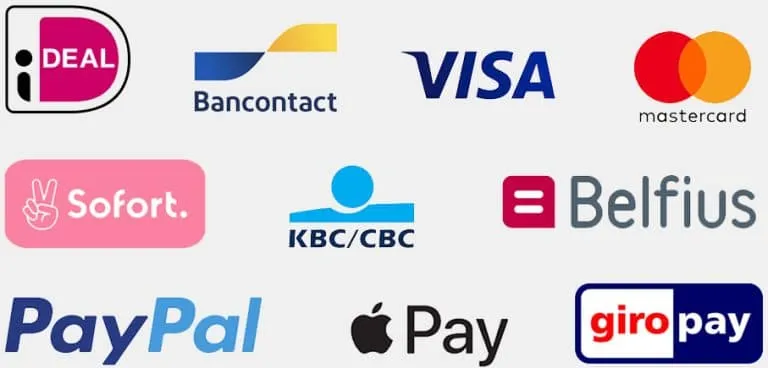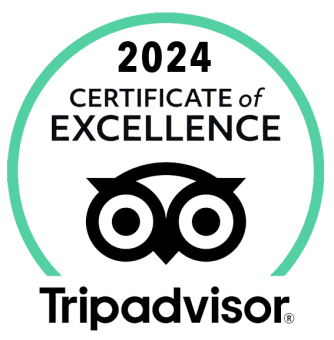Phosphate mining on Klein Curacao
Although it is not known exactly when Klein Curacao was discovered, it was charted by English mining engineer John Godden in 1871. Of course, this was not without reason, as he discovered that a certain substance could be quite profitable on Curacao. Below I explain more about phosphate mining on Klein Curacao.
Phosphate mining on Klein Curacao
When John Godden arrived on Klein Curacao, he found out that there was a lot of phosphate to be gained here, and this could bring a lot of profit. This phosphate was left behind by birds. In fact, there were many birds on Klein Curacao that used this little island as a nesting place. So in this process, they also always left a lot of phosphate behind. This fabric was highly sought after in Europe at the time and was therefore widely traded. People used it as an additive in both fertilizers and animal feed.
After John Godden put Klein Curacao on the map, people continued to get phosphate from here for quite a while. During the 15 years that John Godden traded phosphate from Klein Curacao, more than 90 tons of phosphate was extracted and then exported to England. When permission for the 15 years of phosphate mining had expired for John Godden, others took over. In total, phosphate was eventually mined on the island from 1871 to 1914.
The effects of phosphate mining
The phosphate traders obviously made a lot of profit from all the phosphate they traded during those years. However, there are consequences associated with phosphate mining and its export from Klein Curacao. In fact, first Klein Curacao was an island with plants and lots of life. Thanks to phosphate mining, however, the landscape has changed dramatically. In fact, in order to extract phosphate, the island’s soil had to be excavated. As a result, much vegetation disappeared and the island eventually became barren and bare. Seabirds also lived here for thousands of years, until the island thus lost all its vegetation. As a result, the island is now uninhabited. Finally, before phosphate mining, the small island had some hills, but phosphate mining has also made these disappear and the island is now 3 meters lower, whereas before it was quite flat. Fortunately, however, people are working to change the island again. In fact, a Carmabi reforestation project is underway, so Klein Curacao will hopefully become a lot greener again.





